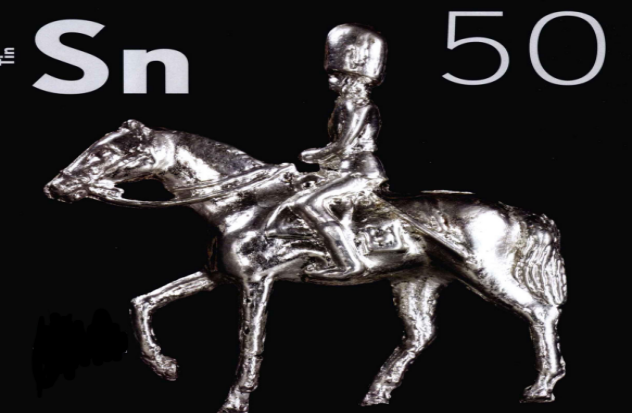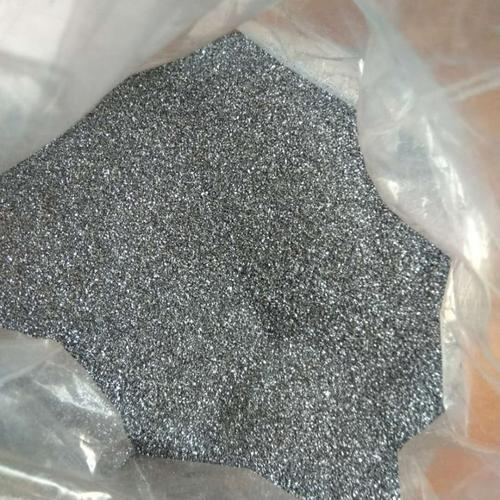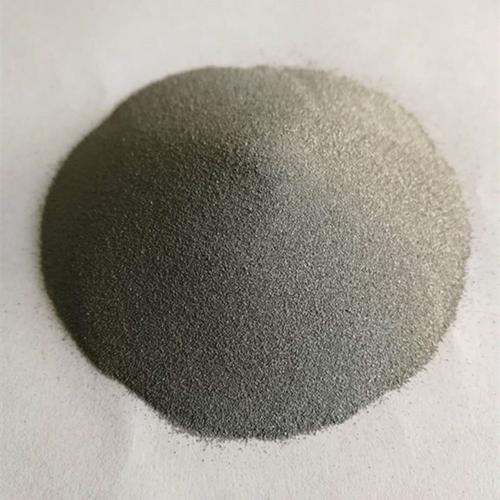Tin (Sn) is one of the earliest discovered and applied metals by humans. In some ancient tombs in our country, tin vessels such as tin pots and candle holders are often excavated. Tin daily necessities have also been found in ancient tombs in Egypt. Tin is an important mineral resource of the Bronze Age, characterized by its softness, melting ability, and low friction coefficient. It has a wide range of applications in modern industry, defense, technology, and human life.

A tin soldier made of 99.99% pure tin
The tin powder is a gray or silver-white powder, mainly composed of metallic tin (Sn). It can dissolve in concentrated hydrochloric acid, sulfuric acid, aqua regia, concentrated nitric acid, and hot caustic alkali solutions. It slowly dissolves in cold dilute hydrochloric acid, dilute nitric acid, and hot dilute sulfuric acid, and in cold caustic alkali solutions, it dissolves slower in acetic acid. Stable in the air, but tin powder is more prone to oxidation, especially in humid air.

tin powder
Application areas of tin powder
Metal nano lubricant additive: added to lubricating oil and grease, it can form a self-lubricating and self-healing film on the surface of the friction pair during the friction process, significantly reducing the anti-wear and friction-reducing performance of the friction pair.
Activated sintering additives can significantly reduce the sintering temperature of powder metallurgy products and high-temperature ceramic products in powder metallurgy.
Surface conductive coating treatment for metals and nonmetals: The coating can be applied under oxygen-free conditions at temperatures below the melting point of the powder, and this technology can be used for the production of microelectronic devices.
It is also widely used in industries such as metallurgy, electronics, electrical appliances, chemical engineering, building materials, machinery, and food packaging. For example, used as a high-purity reagent in the electronics industry. In diamond tool manufacturing, tin powder can improve the sinterability, wear resistance, deformability, and compactness of the matrix, as well as the wettability of the alloy on the diamond.
Inquiry us
If you want to want to know more, please feel free to contact us. (nanotrun@yahoo.com)
